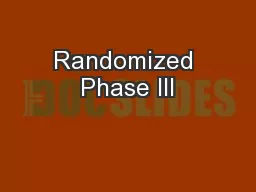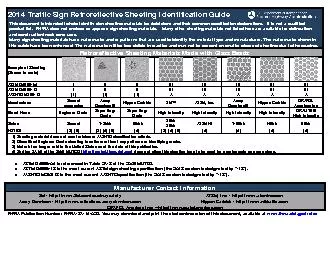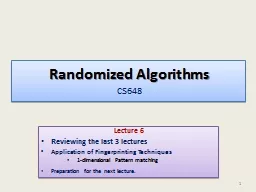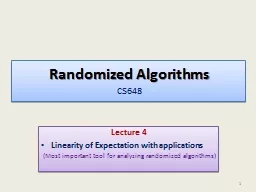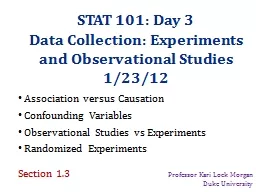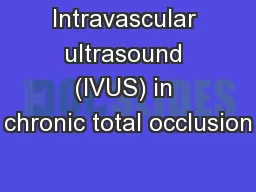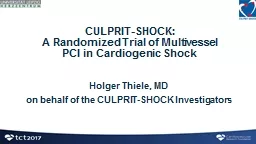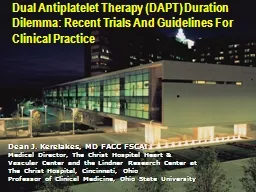PPT-Randomized Phase III
Author : marina-yarberry | Published Date : 2017-06-09
RESONATE PCYC1112 Trial of Ibrutinib Compared With Ofatumumab in Previously Treated Chronic Lymphocytic LeukemiaSmall Lymphocytic Lymphoma CLLSLL Paul M Barr John
Presentation Embed Code
Download Presentation
Download Presentation The PPT/PDF document "Randomized Phase III" is the property of its rightful owner. Permission is granted to download and print the materials on this website for personal, non-commercial use only, and to display it on your personal computer provided you do not modify the materials and that you retain all copyright notices contained in the materials. By downloading content from our website, you accept the terms of this agreement.
Randomized Phase III: Transcript
Download Rules Of Document
"Randomized Phase III"The content belongs to its owner. You may download and print it for personal use, without modification, and keep all copyright notices. By downloading, you agree to these terms.
Related Documents

